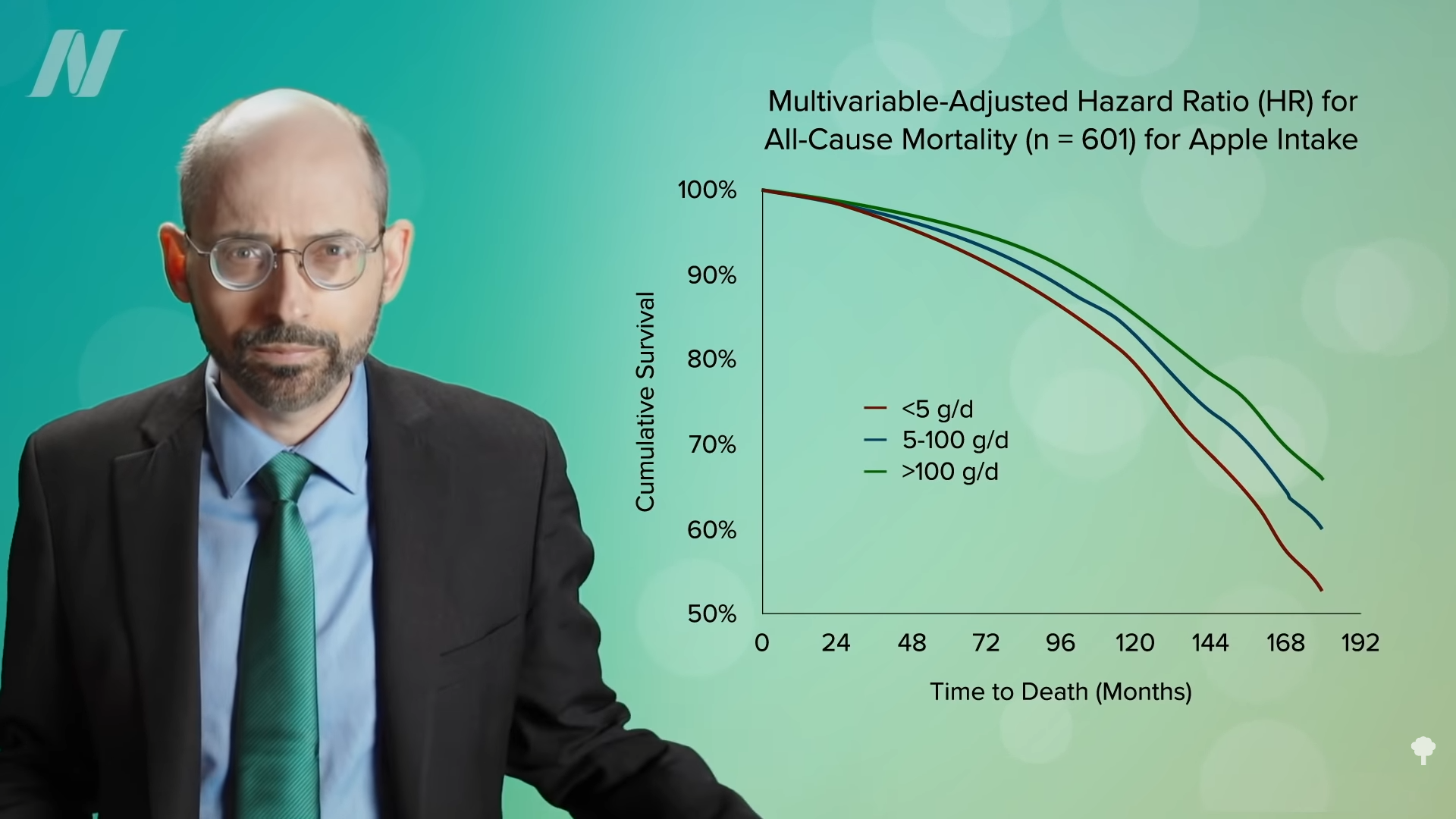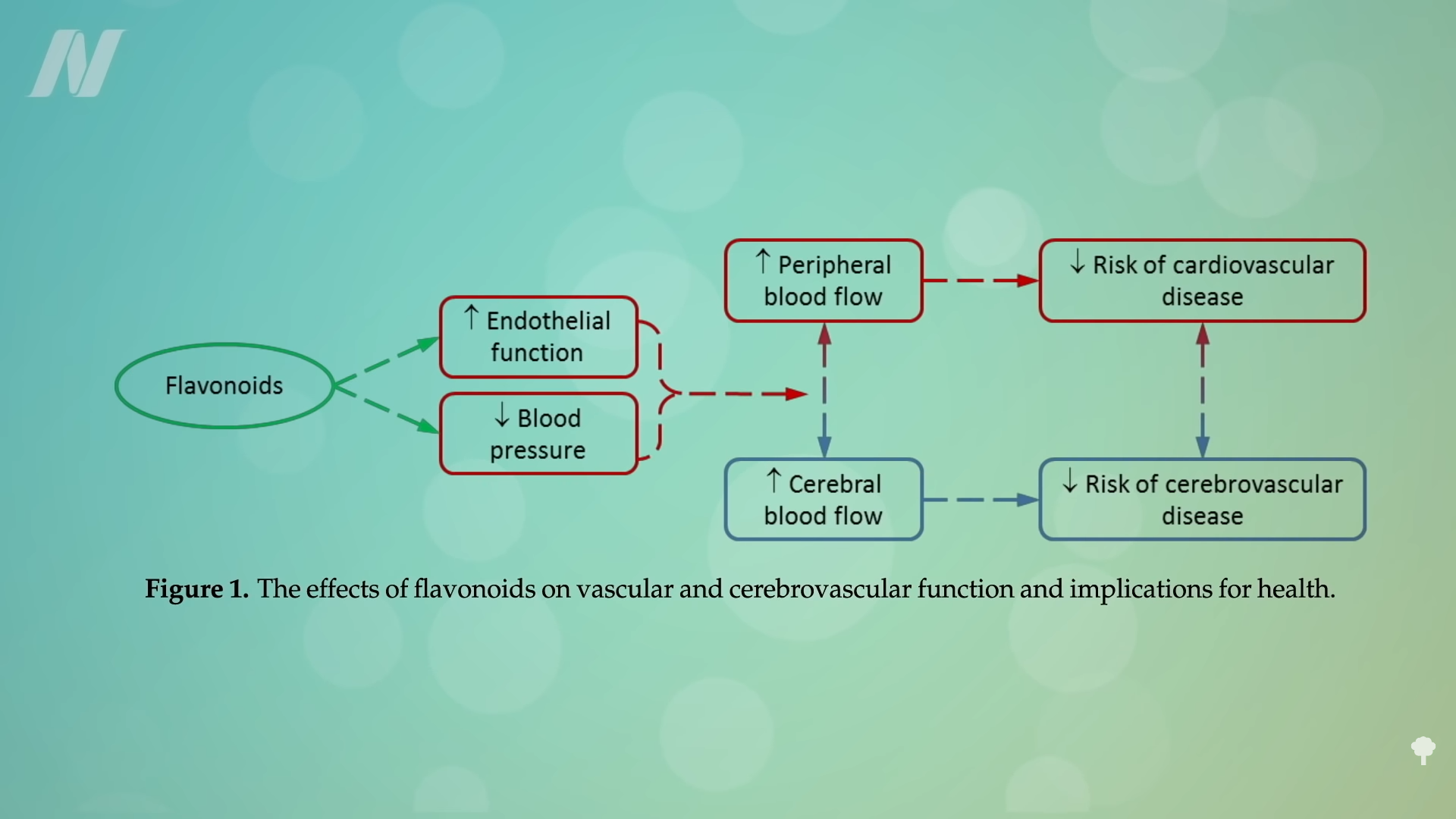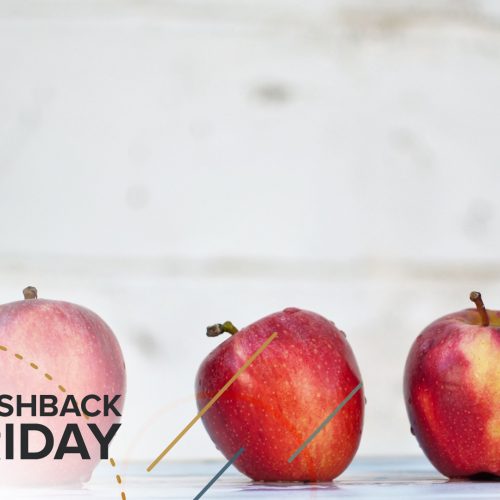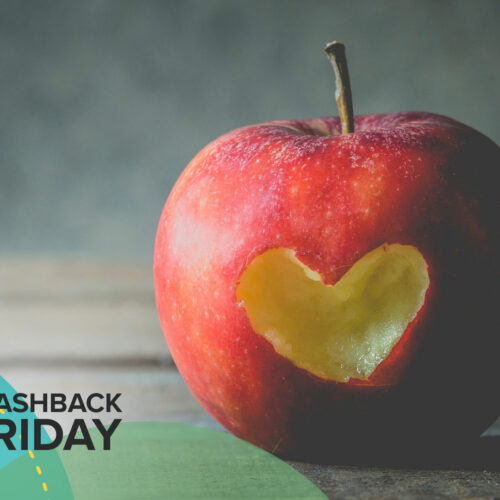Peeled apples are pitted head-to-head against unpeeled apples (and spinach) in a test of artery function.
Regularly eating apples may contribute to a lower risk of dying prematurely. “Moderate apple consumption,” meaning one or two apples a week, “was associated with a 20% lower risk of all-cause mortality”—that is, dying from all causes put together—“whereas those who ate an apple a day had a 35% lower risk of all-cause mortality compared with women with low apple consumption.”
You’ll often hear me talking about a lower or higher risk of mortality, but what does that mean? Isn’t the risk of dying 100 percent for everyone, eventually? As you can see in my graph below and at 0:40 in my video Friday Favorites: For Flavonoid Benefits, Don’t Peel Apples, I present some survival curves to help you visualize these concepts. For example, if you follow thousands of older women over time, nearly half succumb over a period of 15 years, but that half includes those who rarely, if ever, ate apples—less than 20 apples a year. Instead, those averaging more like half a small apple a day lived longer; over the same time period, closer to 40 percent or so of them died. And, those who ate one small apple or about a quarter of a large apple a day survived even longer.

Why is that the case? It seems to be less the apple of one’s eye than the apple of one’s arteries. Even a fraction of an apple a day is associated with 24 percent lower odds of having severe major artery calcifications, a marker of vascular disease. You may think that’s an obvious benefit since apples are fruits and fruits are healthy, but the effect was not found for pears, oranges, or bananas.
Both of these studies were done on women, but a similar effect (with apples and onions) was found for men. We think it’s because of the flavonoids, naturally occurring phytonutrients concentrated in apples. As you can see below and at 2:02 in my video, they’re thought to improve artery function and lower blood pressure, leading to improvements in blood flow throughout the body and brain, thereby decreasing the risk of heart disease and strokes. You don’t know, though, until you put it to the test.

When I first saw a paper on testing flavonoid-rich apples, I assumed they had selectively bred or genetically engineered a special apple. But, no. The high-flavonoid apple was just an apple with its peel, compared to the low-flavonoid apple, which was the exact same apple with its peel removed. After eating the apples, flavonoid levels in the bloodstream shot up over the next three hours in the unpeeled apple group, compared to the peeled group, as you can see below, and at 2:36 in my video. This coincided with significantly improved artery function in the unpeeled apple group compared to the peeled one. The researchers concluded that “the lower risk of CVD [cardiovascular disease] with higher apple consumption is most likely due to the high concentration of flavonoids in the skin which improve endothelial [arterial] function”—though, it could be anything in the peel. All we know is that apple peels are particularly good for us, improving artery function and lowering blood pressure.
 Even compared to spinach? As you can see in the graph below and at 3:14 in my video, if you give someone about three-quarters of a cup of cooked spinach, their blood pressure drops within two to three hours. If you instead eat an apple with some extra peel thrown in, you get a similar effect. The researchers concluded that apples and spinach almost immediately improve artery function and lower blood pressure.
Even compared to spinach? As you can see in the graph below and at 3:14 in my video, if you give someone about three-quarters of a cup of cooked spinach, their blood pressure drops within two to three hours. If you instead eat an apple with some extra peel thrown in, you get a similar effect. The researchers concluded that apples and spinach almost immediately improve artery function and lower blood pressure.
 What’s nice about these results is that we’re talking about whole foods, not some supplement or extract. So, easily, “this could be translated into a natural and low-cost method of reducing the cardiovascular risk profile of the general population.”
What’s nice about these results is that we’re talking about whole foods, not some supplement or extract. So, easily, “this could be translated into a natural and low-cost method of reducing the cardiovascular risk profile of the general population.”
For more about apples, see the topic page and check out the related videos below.
What about dried apples? See Dried Apples vs. Cholesterol. What about apple cider vinegar? Check out Flashback Friday: Does Apple Cider Vinegar Help with Weight Loss?. And what about apples going head-to-head with açai berries? See The Antioxidant Effects of Açai vs. Apples.



